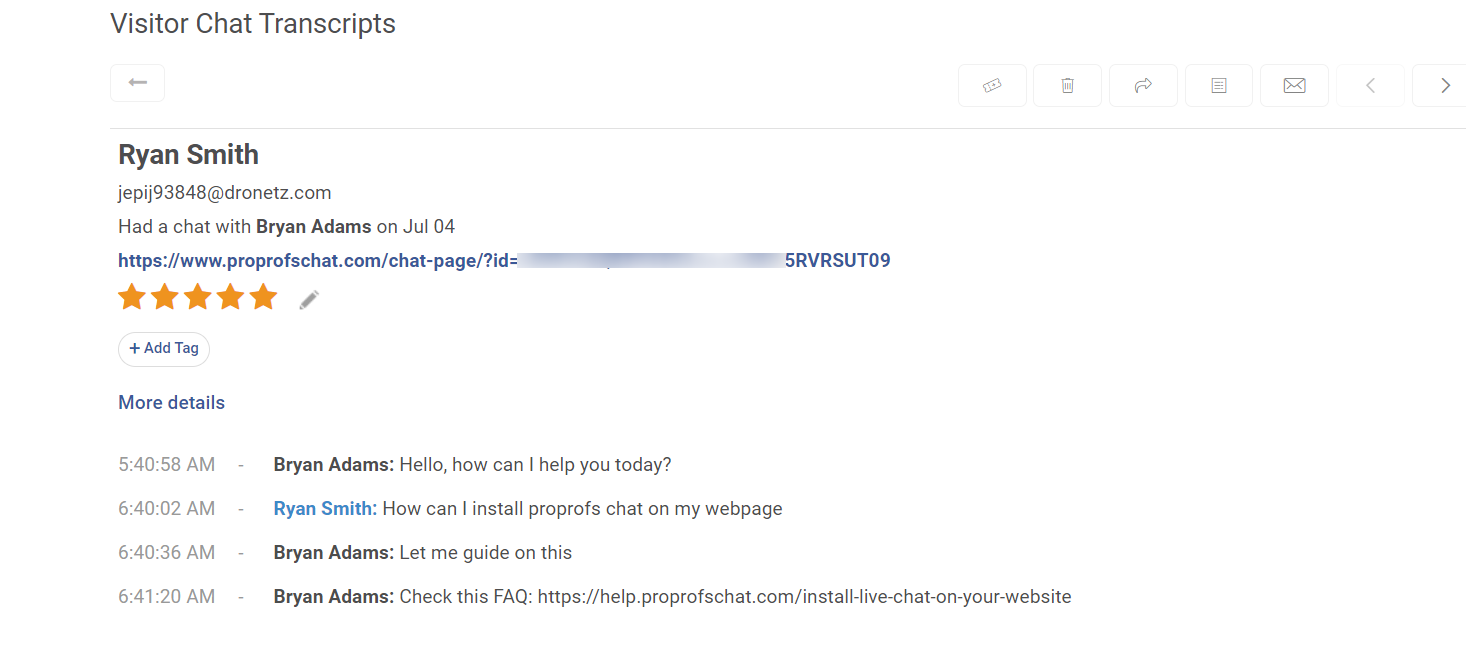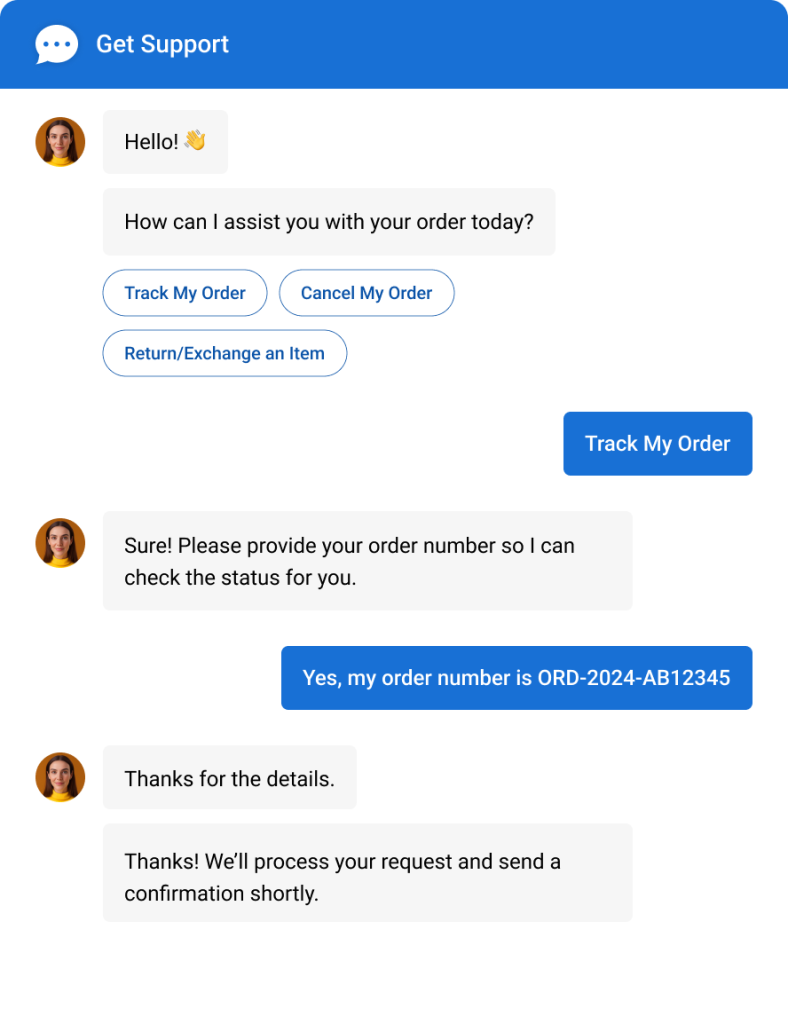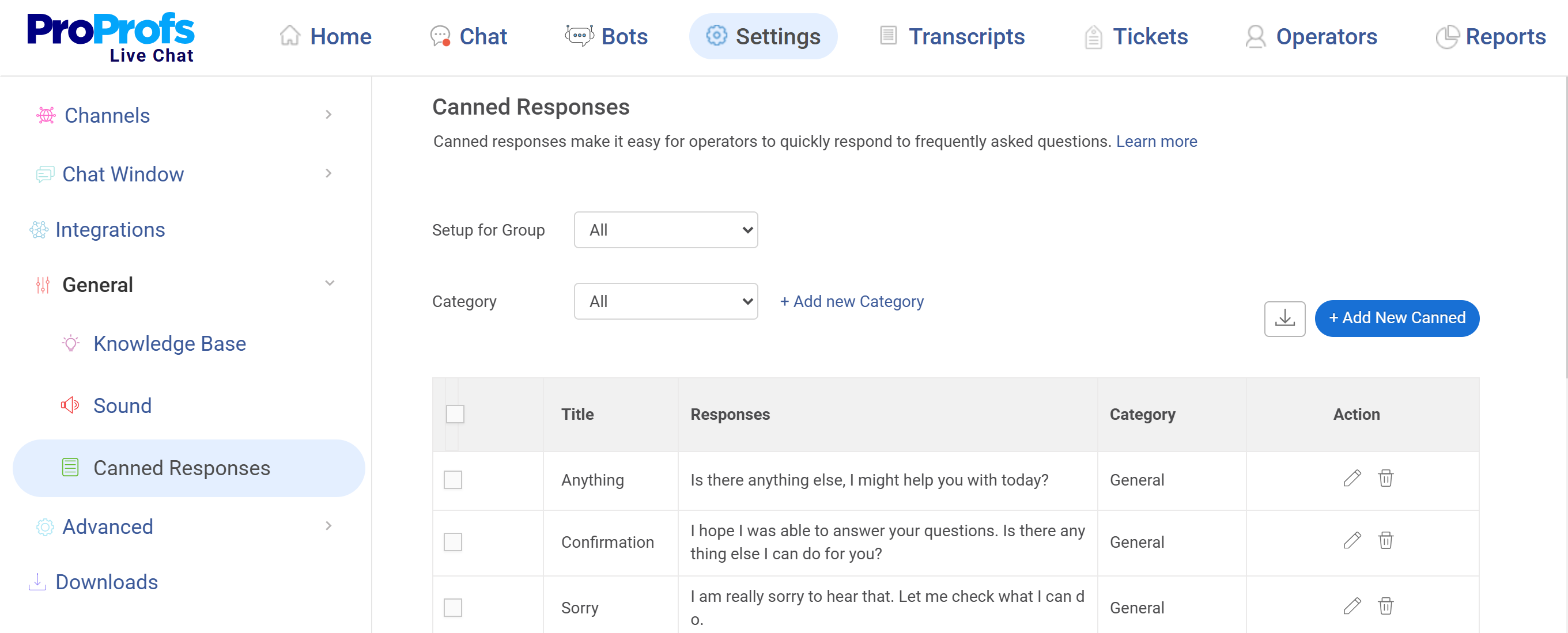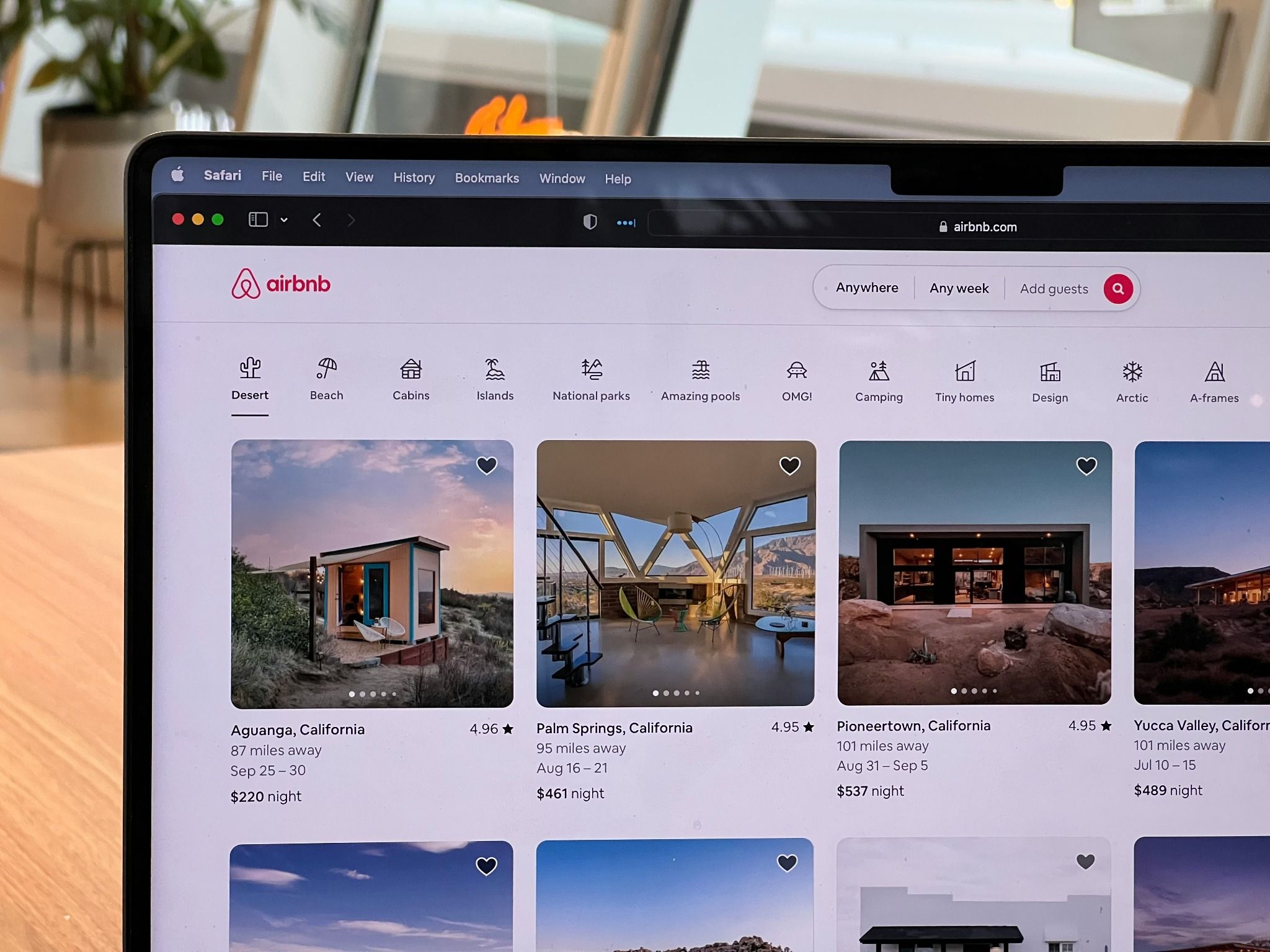Let’s be real—most businesses are terrible at customer communication. Without a clear customer communication strategy, the cracks show fast. And that’s not just an opinion: according to Forbes, bad customer service could cost companies $3.7 trillion every year.
Here’s the thing—slow replies, confusing messages, and inconsistent follow-ups don’t just annoy customers; they kill loyalty and profits.
I’ve helped companies cut response times, refine their messaging, and dramatically improve conversions by fixing communication. In this blog, I’ll share 8 proven strategies you can start using today to make your customer conversations something that builds growth, not losses.
What Is a Customer Communication Strategy?
So, what is a customer communication strategy? It is a structured plan that defines how a business interacts with its customers across different channels. It covers the tone, timing, tools, and methods used to share information, resolve issues, and build relationships.
A strong communication strategy creates consistent, clear, and engaging conversations that enhance customer experience, foster trust, and drive loyalty while aligning communication efforts with overall business objectives and customer expectations.
Top 5 Key Components of a Customer Communication Strategy
A strong customer communication management strategy is essential for building meaningful connections and driving loyalty. Here are the top five key components to focus on:
- Audience Segmentation: Know your customers well and group them by needs and preferences to tailor your messages effectively.
- Clear Goals: Define what you want to achieve—whether it’s boosting engagement, sales, or satisfaction—to guide your communication efforts.
- Omnichannel Approach: Use multiple integrated channels like email, social media, and chat to meet customers wherever they prefer.
- Personalization and Proactive Messaging: Customize your communication and reach out proactively with relevant information to build trust and loyalty.
- Feedback and Improvement: Collect customer feedback and analyze communication performance to continuously refine your strategy.
8 Proven Ways to Strengthen Customer Communication
Good communication is the heart of customer relationships. If conversations feel slow or unclear, trust can slip away. A well-designed communication strategy to improve customer loyalty makes every interaction smoother and more personal. Here are 8 proven ways to improve communication with your customers and build stronger connections.
1. Listen Actively
The best customer conversations start with genuine listening. Customers don’t just want answers; they want to feel that you truly understand their concerns. Active listening means focusing on their words, tone, and intent rather than rushing to respond. When you listen carefully, you show respect, build trust, and often uncover needs the customer hasn’t clearly expressed.
How to Implement
- Encourage agents to repeat or rephrase customer concerns to confirm understanding.
- Use live chat transcripts, call recordings, and feedback surveys to capture the full context of interactions.

- Train teams to pay attention to tone and emotions, not just words.
- Follow up with customers to show that their input led to real action.
2. Leverage AI for 24/7 Communications
Customers expect quick responses, no matter the time of day. Delayed replies often lead to frustration and lost opportunities. By leveraging AI, you can provide round-the-clock support that answers questions instantly and keeps the conversation going, even when your team is offline. This creates a seamless and reliable customer experience.
How to Implement

You can achieve this by setting up an AI chatbot on your website or app. The chatbot can handle FAQs, guide users through common issues, and qualify leads before passing them to human agents. It ensures customers always get timely responses while reducing pressure on your support team.
3. Avoid Technical Jargon
Nothing frustrates customers more than confusing terms they don’t understand. While your team might be fluent in industry jargon, customers just want clear, simple answers. Speaking in plain language makes communication smoother, helps customers feel more confident, and prevents misunderstandings that could slow down resolution.
How to Implement
- Test your communication by asking: “Would a non-expert understand this?”
- Replace technical terms with everyday language customers already use.

- Use analogies or real-life comparisons to explain complex concepts.
- Share glossaries or quick guides for terms you can’t avoid.
4. Personalize Every Interaction
Nobody likes feeling like just another number in a queue. Customers want to feel recognized and valued every time they interact with your business. Personalizing conversations shows that you care about their specific needs and experiences. It also makes your brand more approachable and builds stronger, lasting relationships.
How to Implement
Use customer data to make interactions relevant and meaningful. For example, when Amazon recommends products based on your past purchases, it feels like they know exactly what you might need next. You can apply the same idea by greeting customers by name, referencing their history, and tailoring your responses to their preferences.
5. Stay Consistent Across Channels/Touchpoints
Customers often move between channels — website, email, chat, or social media — and they expect a smooth, consistent experience everywhere. If your tone, style, or information changes drastically from one channel to another, it creates confusion and erodes trust. Consistency ensures your brand feels reliable and professional.
How to Implement

Create communication guidelines that define tone, style, and response standards across all platforms. One practical way to achieve this is by using canned responses. For example, your team can prepare a set of approved replies for FAQs like “Where’s my order?” so customers receive the same accurate answer whether they ask on live chat, email, or social media.
6. Gather and Act on Feedback
Your customers are the best source of insight into what’s working and what needs improvement. Asking for feedback shows that you value their opinion, but acting on it is what truly builds loyalty. When customers see their input leading to real changes, they feel heard and respected.
How to Implement

Image Source: Unsplash
Take Starbucks as an example. Their “My Starbucks Idea” platform allowed customers to submit suggestions, many of which—like free Wi-Fi—were actually implemented. This not only improved customer satisfaction but also strengthened brand loyalty.
You can apply the same principle by collecting feedback through post-chat surveys, reviews, or in-app forms and then closing the loop by sharing how you acted on it.
7. Train Your Team Regularly
Even the best tools won’t help if your team isn’t equipped to use them effectively. Customers can tell the difference between an agent who’s confident and one who’s struggling. Regular training keeps your team sharp, ensures consistent communication, and helps them handle even tough situations with ease.
How to Implement
- Schedule monthly or quarterly training sessions to refresh communication and product knowledge.
- Use role-playing exercises to prepare agents for real customer scenarios.
- Share updates on new tools, features, or policies so everyone stays aligned.
- Encourage peer-to-peer learning by having top performers share best practices.
8. Proactively Communicate
Customers appreciate it when you reach out before they have to chase you for updates. Whether it’s about a shipping delay, a product update, or a service issue, proactive communication builds trust. It shows that you value their time and are committed to keeping them informed every step of the way.
How to Implement

Image Source: Pixabay
Netflix is a great example. When a user’s subscription is about to renew, Netflix sends timely reminders, billing updates, and even notifications if there are payment issues. This proactive communication prevents surprises, reduces support requests, and makes customers feel taken care of. You can adopt a similar approach by sending early updates about renewals, policy changes, or service improvements.
3 Proven Real-Life Examples of Effective Customer Communication
Talking about strategies is helpful, but seeing them in action makes the impact real. Many top brands have nailed customer communication and turned it into a loyalty driver.
Here are 3 examples of how companies put simple practices into action.
1. Apple

Image Source: Unsplash
Apple focuses on clarity and simplicity in customer communication. Their support pages avoid technical jargon, making even complex topics easy to understand. In Apple Stores, “Geniuses” explain solutions using everyday language and hands-on demos. By combining clear explanations with empathy, Apple ensures customers feel confident using their products and supported throughout their journey.
2. Airbnb

Image Source: Unsplash
Airbnb uses transparent communication to build trust between hosts and guests. They send timely notifications about bookings, reminders, and updates. Their platform also encourages open reviews, which fosters accountability. By keeping both parties informed at every step, Airbnb reduces uncertainty and creates a smoother, more trustworthy experience for travelers and hosts alike.
3. Spotify

Image Source: Unsplash
Spotify communicates personally through playlists and notifications tailored to each listener’s taste. Campaigns like “Spotify Wrapped” showcase a customer’s music journey in a fun, shareable way. These personalized updates not only delight users but also strengthen engagement. Spotify’s communication strategy is a perfect blend of data-driven personalization and relatable, conversational tone.
FREE. All Features. FOREVER!
Try our Forever FREE account with all premium features!
From Transactions to Relationships: Rethinking Customer Communication
A strong customer communication management strategy is more than a support function—it’s the foundation of lasting relationships and business growth. From active listening to consistent messaging, each practice we covered helps turn everyday conversations into trust-building moments.
As you refine your approach, focus on personalizing interactions, acting on feedback, and using tools that simplify communication. The right mix of human touch and smart automation can make all the difference.
If you’re looking for an all-in-one solution, I would recommend ProProfs Chat. It offers 24/7 support, AI chatbots, and seamless integrations to help you connect with customers effortlessly and consistently.
Frequently Asked Questions
How do you ensure data privacy and regulatory compliance?
Data security is a top priority. For example, live chat for enterprises ensures GDPR compliance with SSL encryption, reliable servers, IP blocking, operator access control, and single sign-on.
What are the biggest mistakes businesses make in customer communication?
The biggest mistakes include using too much technical jargon, responding slowly, sending generic messages, ignoring customer feedback, and being inconsistent across channels. These issues make customers feel unheard or undervalued, which can damage trust and push them toward competitors.
What is the difference between customer communication and customer engagement?
Customer communication is about the messages and interactions you have with customers—emails, chats, calls, or social media updates. Customer engagement goes a step further; it measures how invested customers are in your brand, such as repeat purchases, loyalty, or advocacy. Communication fuels engagement.
FREE. All Features. FOREVER!
Try our Forever FREE account with all premium features!

 We'd love your feedback!
We'd love your feedback!
 Thanks for your feedback!
Thanks for your feedback!







